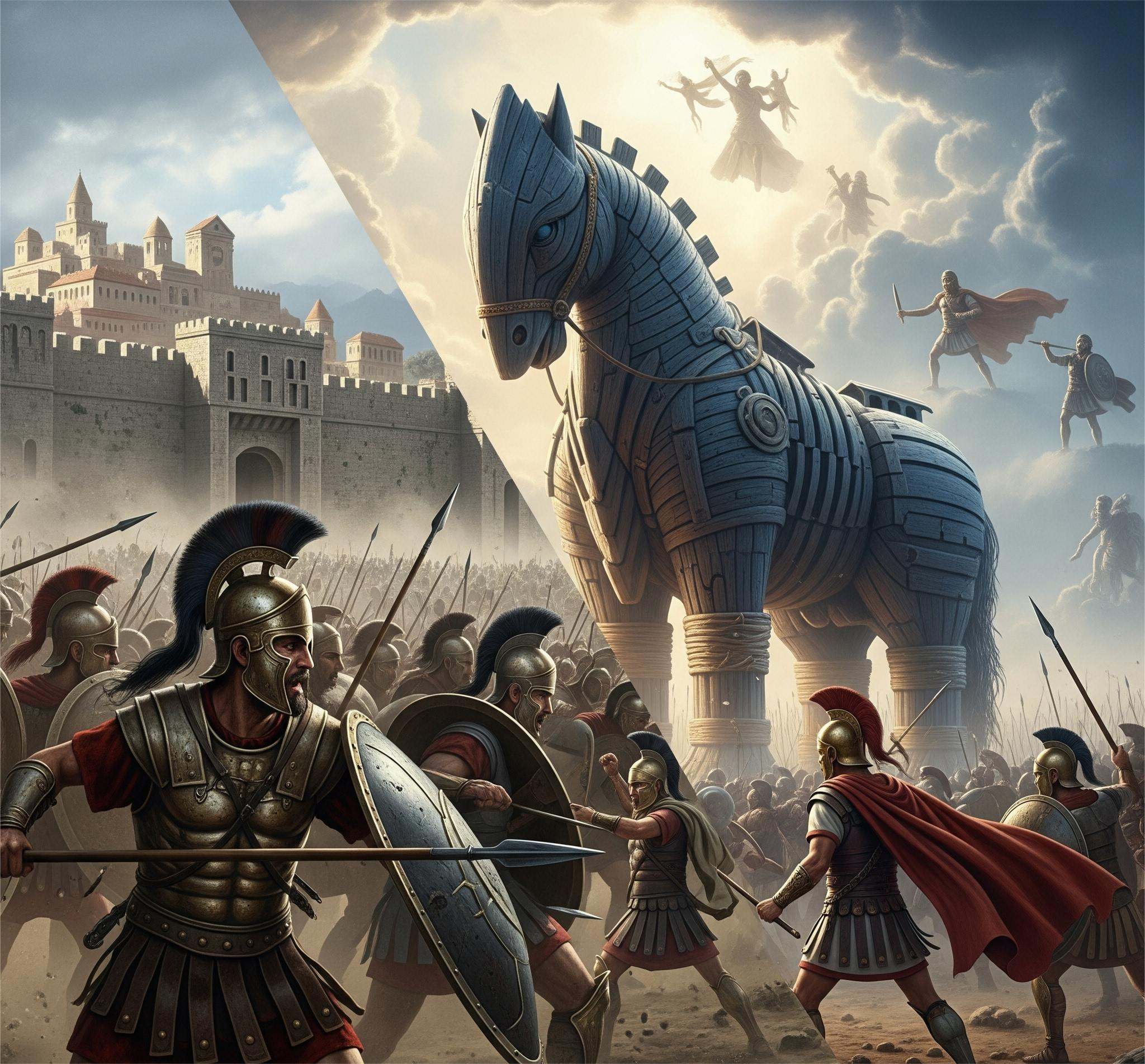The story of the Trojan War, immortalized in Homer’s Iliad, is one of the most famous tales of Western literature. But to what extent is it based on historical events? The legend of a great war fought over Helen of Troy has long captivated imaginations, yet archaeology and literary analysis provide a more nuanced picture.
Literary Sources
The Iliad and Odyssey are the primary sources for the Trojan War narrative, attributed to Homer in the 8th century BCE. Other accounts from later Greek authors, like Euripides and Virgil (in the Aeneid), expanded the story, adding layers of drama, prophecy, and divine intervention. The tale includes iconic figures such as Achilles, Hector, Paris, and Helen.
These stories, while rich in mythology, contain possible kernels of truth—suggesting a memory of an actual conflict between Mycenaean Greeks and a city in Anatolia.
Archaeological Evidence at Hisarlik
In the late 19th century, Heinrich Schliemann identified a site in modern-day Turkey called Hisarlik as the potential location of ancient Troy. Excavations revealed several layers of settlement, with Troy VI and VII showing signs of destruction that could correlate with a war around 1200 BCE.
While some scholars argue the site was destroyed by earthquake or internal conflict, others see signs of siege. The discovery of Mycenaean pottery and fortification walls lends weight to the theory of contact—and possibly conflict—between the Aegean world and Anatolia.
Myth and Memory
The Trojan War likely represents a blend of fact and fiction: real historical tensions between East and West interwoven with heroic myth. The enduring power of the tale speaks to its themes—honor, love, betrayal, and the tragic cost of war.
Whether or not Troy fell for Helen, the myth has become a cultural touchstone, shaping literature, art, and even modern ideas of heroism and destiny.







